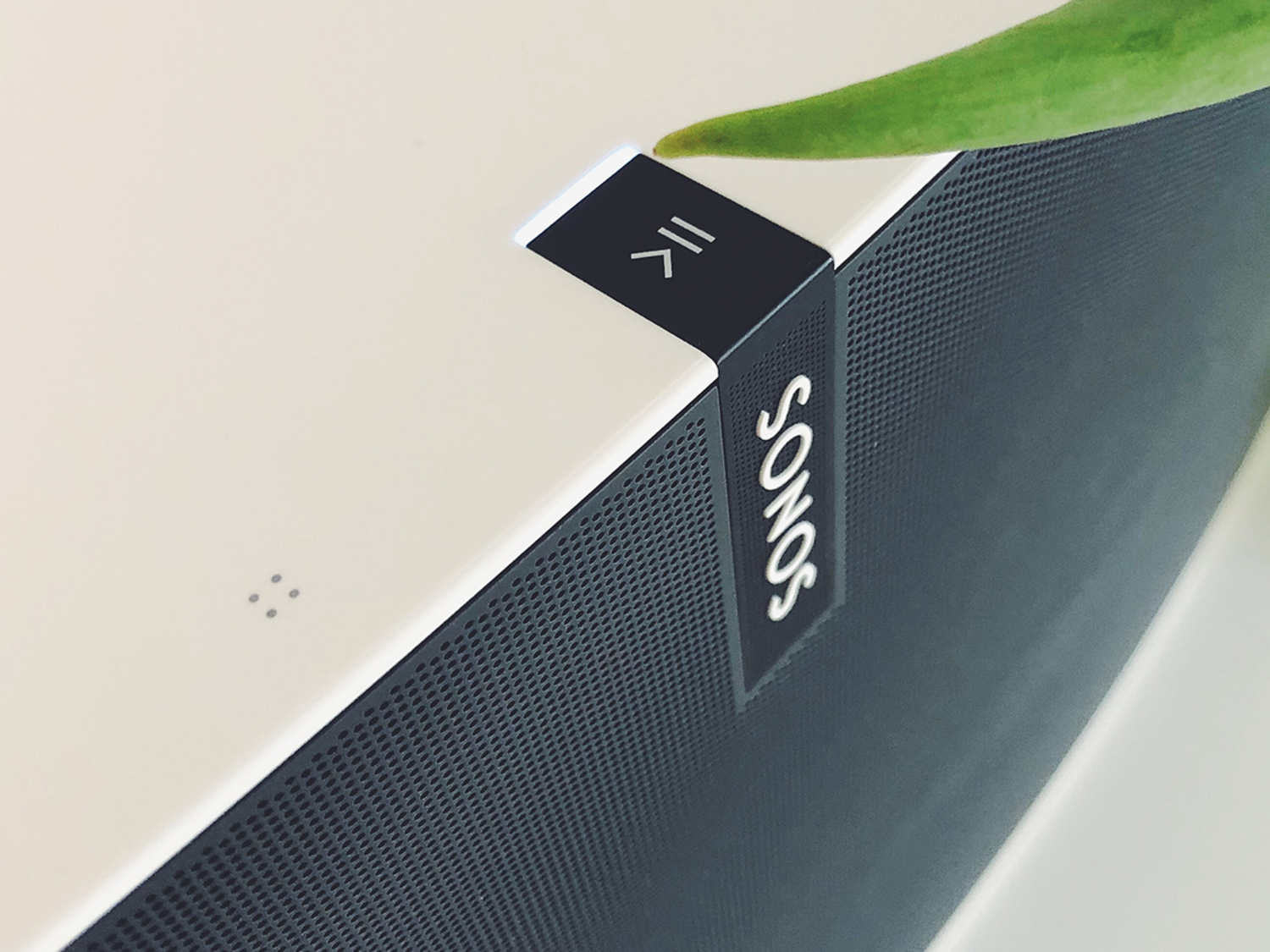

We may earn revenue from the products available on this page and participate in affiliate programs. Learn more ›
If you’ve got one or more Sonos speakers at home, you’ve opened up a whole world of high-quality audio streaming, whether you’re playing tunes from your laptop or other services like Spotify, Apple Music, or Deezer.
Getting started with a Sonos system is easy—the mobile app guides you through the process of setting up—but you can dig below the surface to find a number of more advanced features and other tricks that will really make a difference in your home sound system.
1. Pair up your Sonos speakers
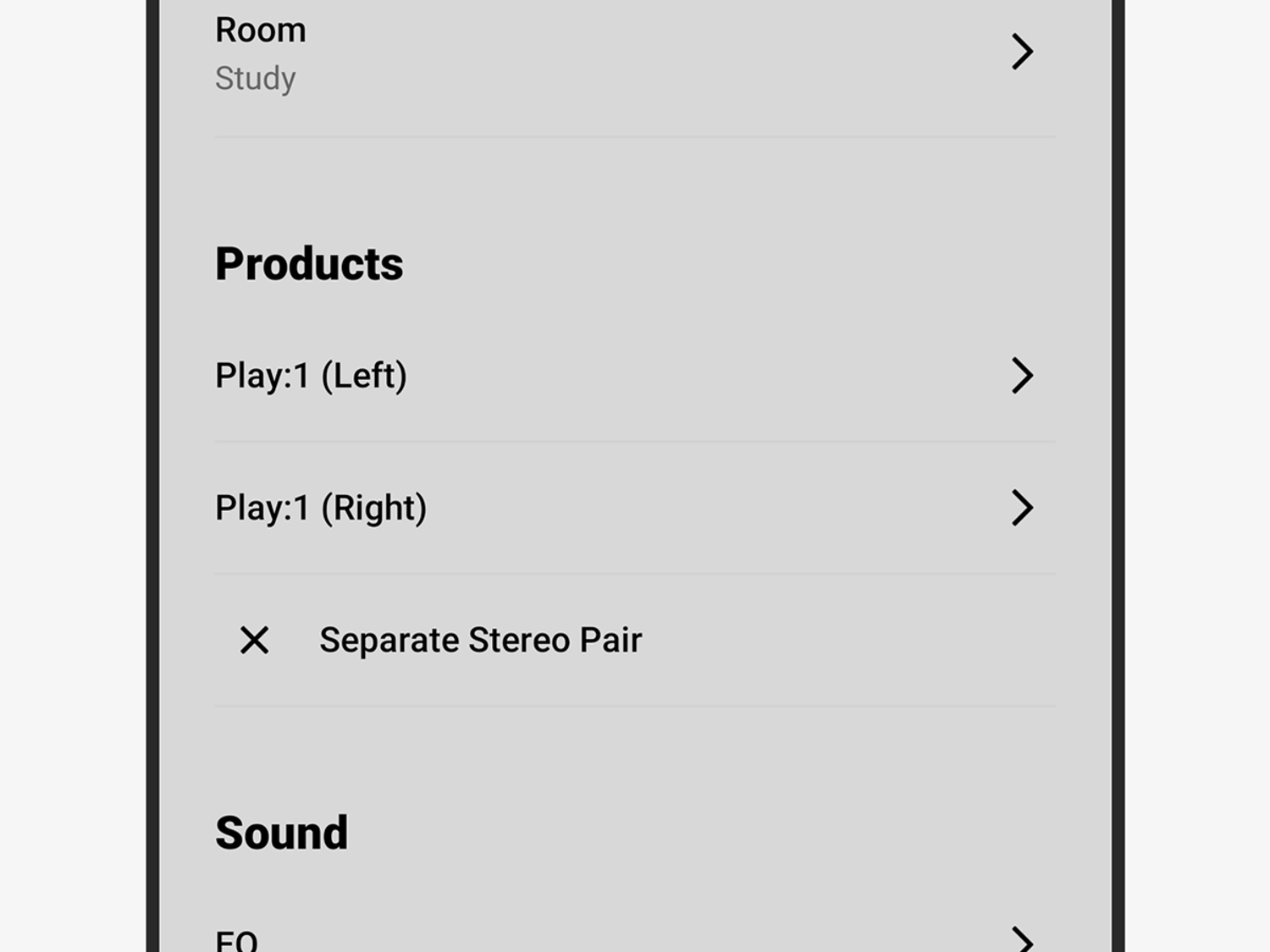
If you’ve got the money and the space, you can set up two Sonos speakers in the same room as a stereo pair. The set-up process is seamless and the Sonos app will take care of all the background processing so your tunes are correctly split into left and right panels.
With your speakers already set up in the Sonos app for Android or iOS, tap Settings, then System, to find them. Make sure both speakers are set as being in the same room (just tap Room if they’re not), then choose Create Stereo Pair. The two speakers will then appear as one inside the Sonos app when you’re choosing where to play your music.
To unpair a couple of speakers and treat them as standalone devices again, open the mobile app, then tap Settings and System, followed by the speaker pair. Choose Separate Stereo Pair to confirm your choice.
2. Wake up to your music
Give yourself a reprieve from the beeping of your phone or alarm clock by getting your Sonos system to wake you up instead. In the desktop app, click Alarms, or choose Settings, System, and Alarms in the mobile app.
You’ll get to set a couple parameters for your alarm, too, including the time and days it goes off, which speaker it uses, and what playlist should start up. And if waking up to music is not your thing, there’s also the option of using a “Sonos Chime.”
Additional settings will let you choose the volume of the alarm and how long the audio lasts for before it stops on its own. And don’t worry—you can always enable a snooze function on your phone if you want to give yourself a few extra minutes in bed.
3. Play your music everywhere
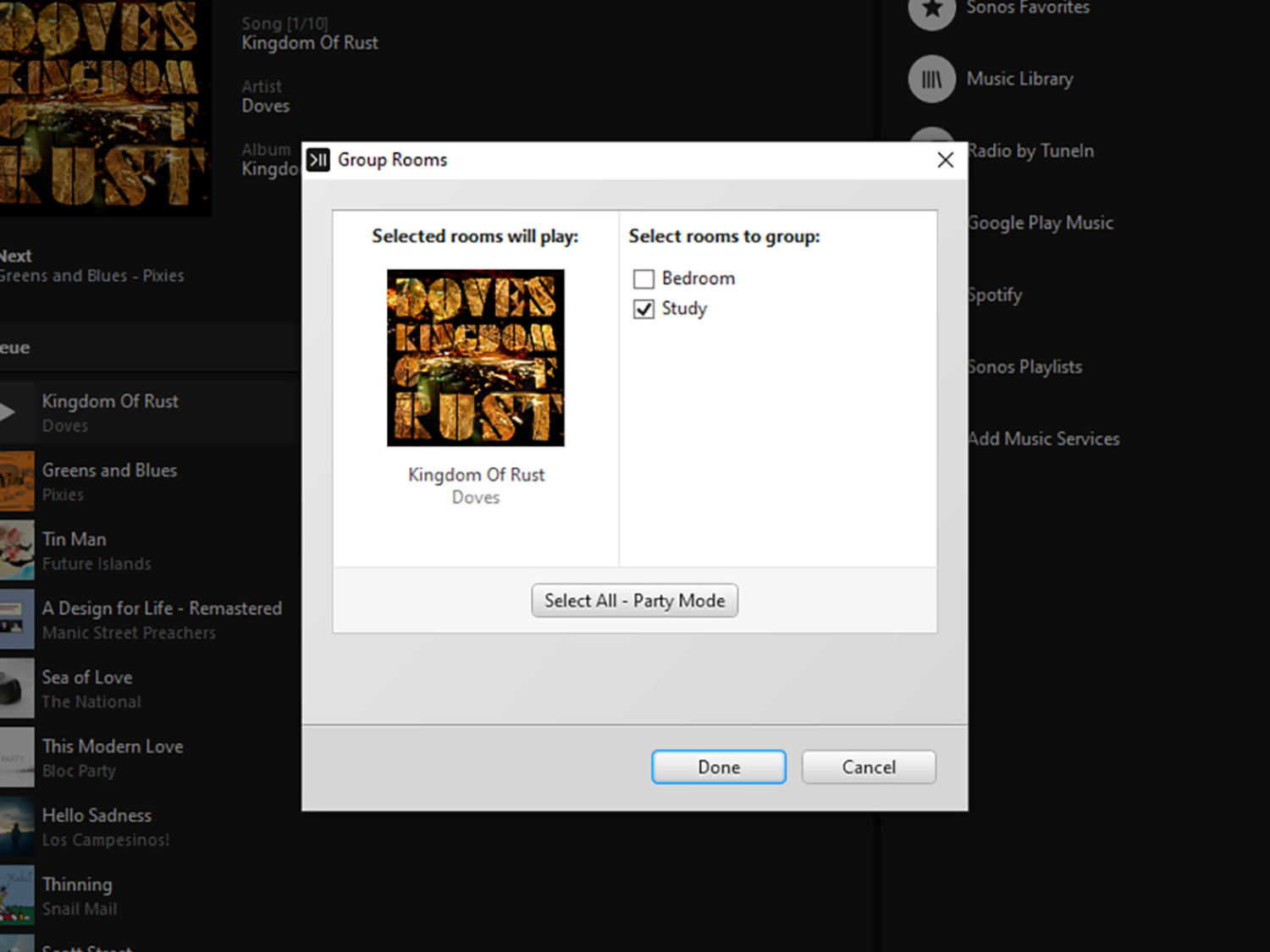
To change where music is playing, just tap the Room selector button in the Sonos app. It doesn’t matter whether you’re controlling your music on a mobile device or a computer: the button will look like a little arrow underneath a rectangle, and will be prominently displayed.
If you’re taking a break from work and moving to the kitchen to have dinner, this feature lets you take your music with you by quickly switching playback from one room to the other. Just check the box for the room you’re moving into, and tap or click Done to apply the changes. If you’re going to be moving around the house all the time, you can also select more than one speaker (or all of them at once), so your music plays everywhere.
In the Sonos apps for Windows and macOS, there’s a special button on the Room selector panel labeled Select All – Party Mode. This feature will have your tunes streaming to all your speakers at once with just one tap, so you won’t have to go checking the boxes for each room individually.
4. Customize your speakers to fit their rooms
The platform offers a great feature called Trueplay, though it’s currently only available through the Sonos app for iOS. In an effort to give you the best possible experience, Trueplay modifies the output of each speaker so it best fits the layout and acoustic properties of the room it’s in.
From the app, tap Settings, then System. Next, pick a speaker you want to tune and select Trueplay Tuning. Follow the instructions to use your iOS device and your Sonos speakers to measure the acoustics of the room you’re in, which should only take two or three minutes.
Sonos recommends minimizing all sources of sound during tuning, so it’s best to turn off fans or air conditioners. If you move a speaker’s position in a room or add it to or remove it from a stereo pair, run the Trueplay tuning process again.
5. Get chatty with your Sonos speakers
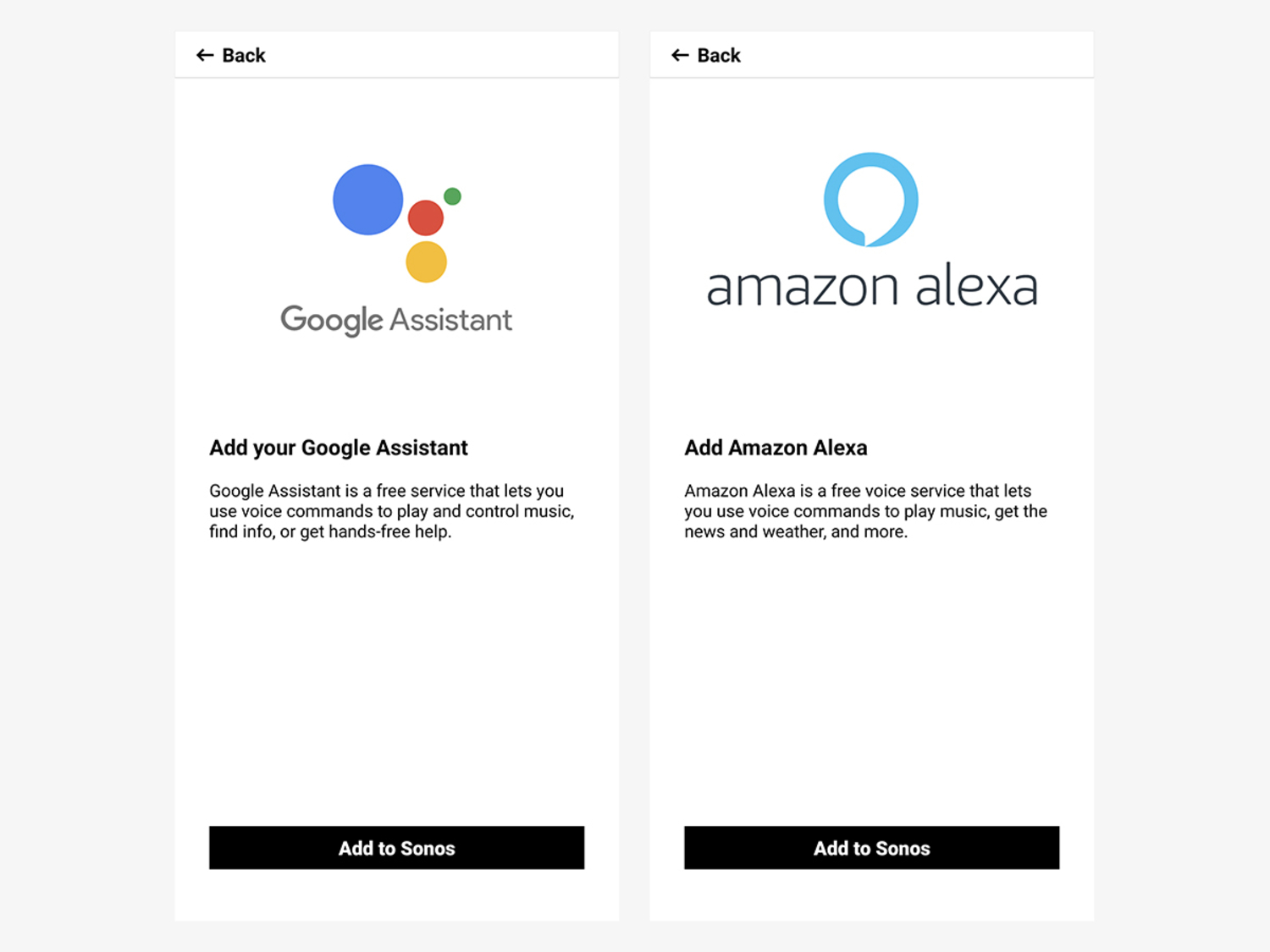
If you’ve got a Sonos One or a Sonos Beam speaker, you’ll have built-in support for Amazon’s Alexa and the Google Assistant. To get either service set up, tap Settings, Services, and then Add a Service inside the Sonos mobile app.
You’ll have to pick one service for each speaker, so if you have two or more Sonos Beam speakers at home, you could use Alexa in the living room and the Google Assistant in the bedroom, for example.
One of the main advantages of doing this is that you can tell Alexa or Google Assistant to play playlists, albums, and individual tracks using your voice. You can also ask the digital assistants all the usual questions—like about tomorrow’s weather or what year Nirvana’s “Nevermind” came out.
6. Save your Sonos playlists
Most of the time, you’re probably going to be using your Sonos system to queue up playlists you’ve already made in Spotify, Apple Music, or whatever streaming service you use. However, the Sonos app has its own playlist features that are worth exploring.
On your computer or mobile device, queue up the songs you want to save as a playlist in the Sonos app, then click Save Queue (on desktop) or tap Queue (on mobile) with the list on the screen. Give the playlist a name and you’ll be able to find it again from the Sonos Playlists section of your music library.
It’s a great way of keeping particular music mixes that you don’t want to lose as the queue plays itself through. It’s also handy if you have Sonos connected to more than one music streaming service, since you can combine tracks and playlists from multiple services together in one Sonos playlist.
7. Stream directly from your laptop
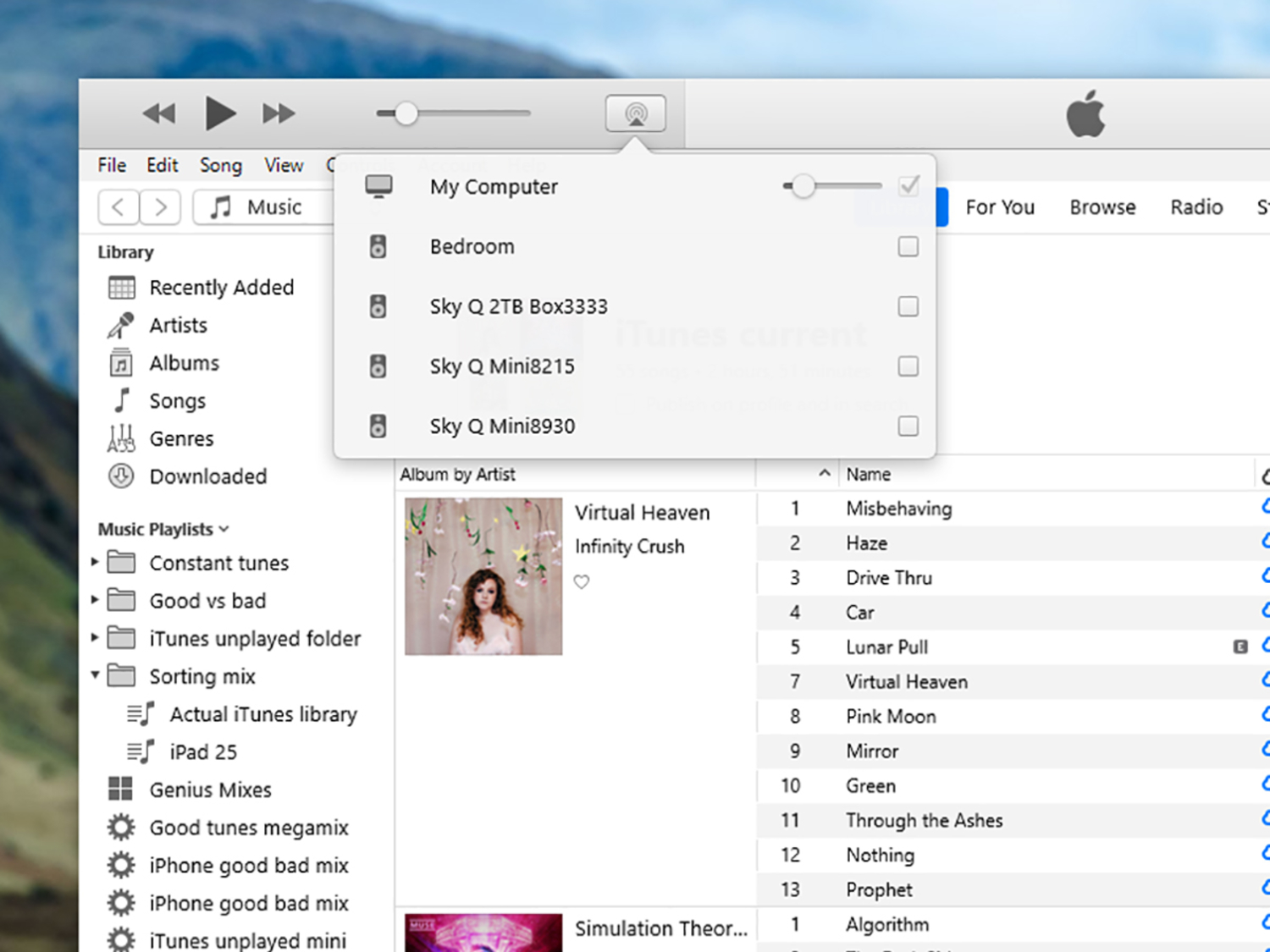
Sonos makes desktop clients for Windows and macOS, but when it comes to playing your favorite tunes, you don’t really need to use them. Maybe you prefer the smart playlist functionality you get in the Music app for macOS and the iTunes app in Windows, for example.
Now that Sonos speakers support AirPlay 2, you can send your playlists straight from Music on macOS and iTunes on Windows. Just click on the AirPlay button on the top toolbar, to the left of the “What’s playing” box. As long as your speakers are connected to your Wi-Fi network, they should show up as an option.
The bad news is that if you have a slightly older Sonos model, you might not be able to access this feature. For the moment, it’s only available for newer Sonos speakers with AirPlay 2 support—that means the Sonos One, the Sonos One SL, the Sonos Beam, the Sonos Playbase, and the second-generation Sonos Play:5 speakers.
